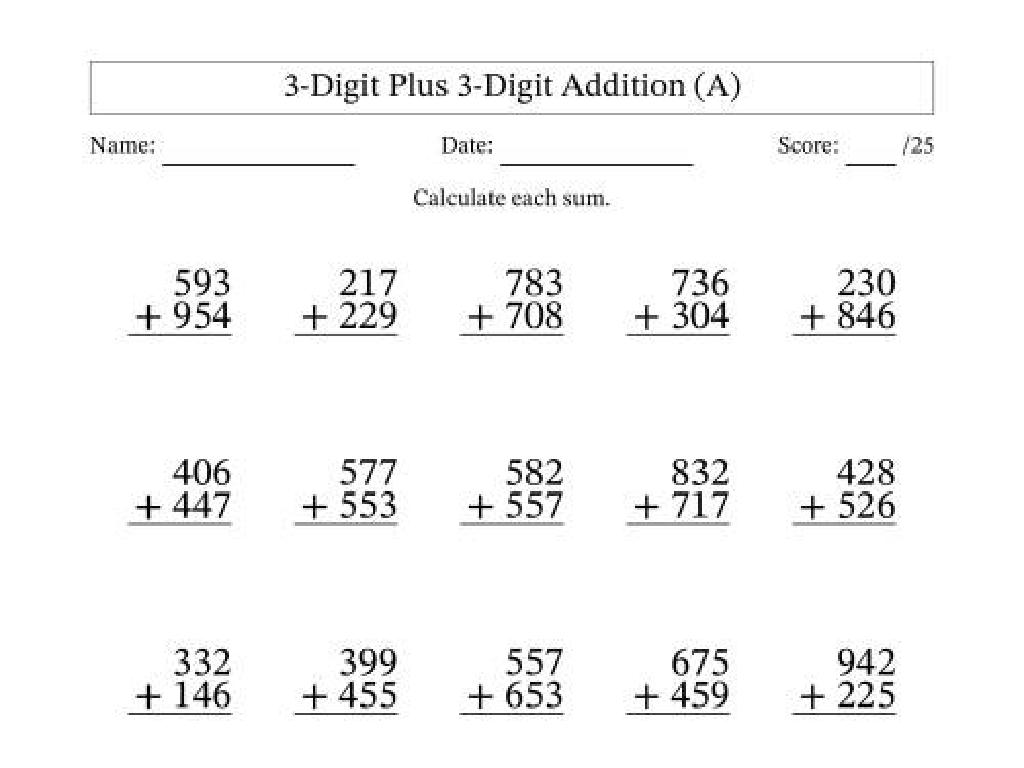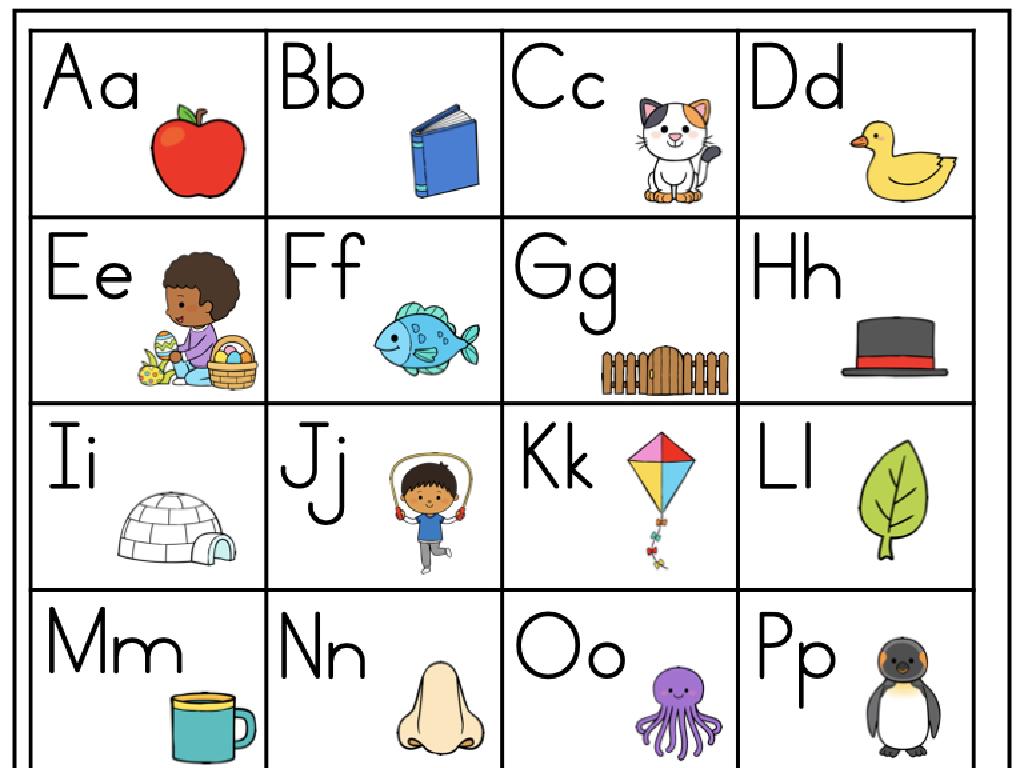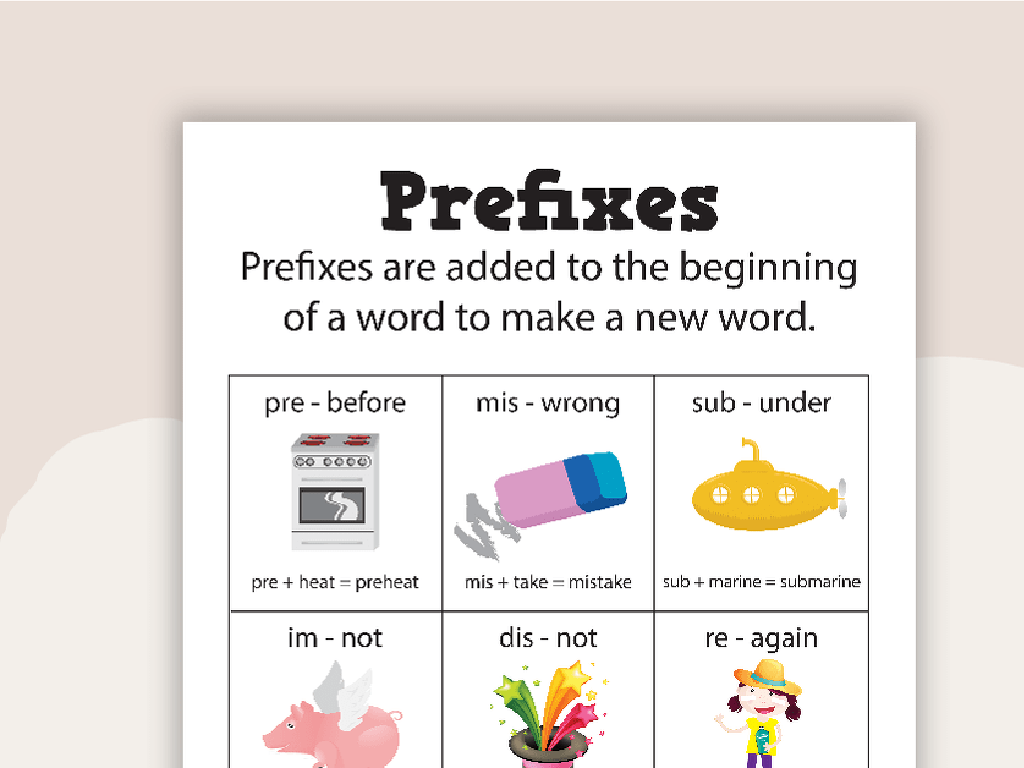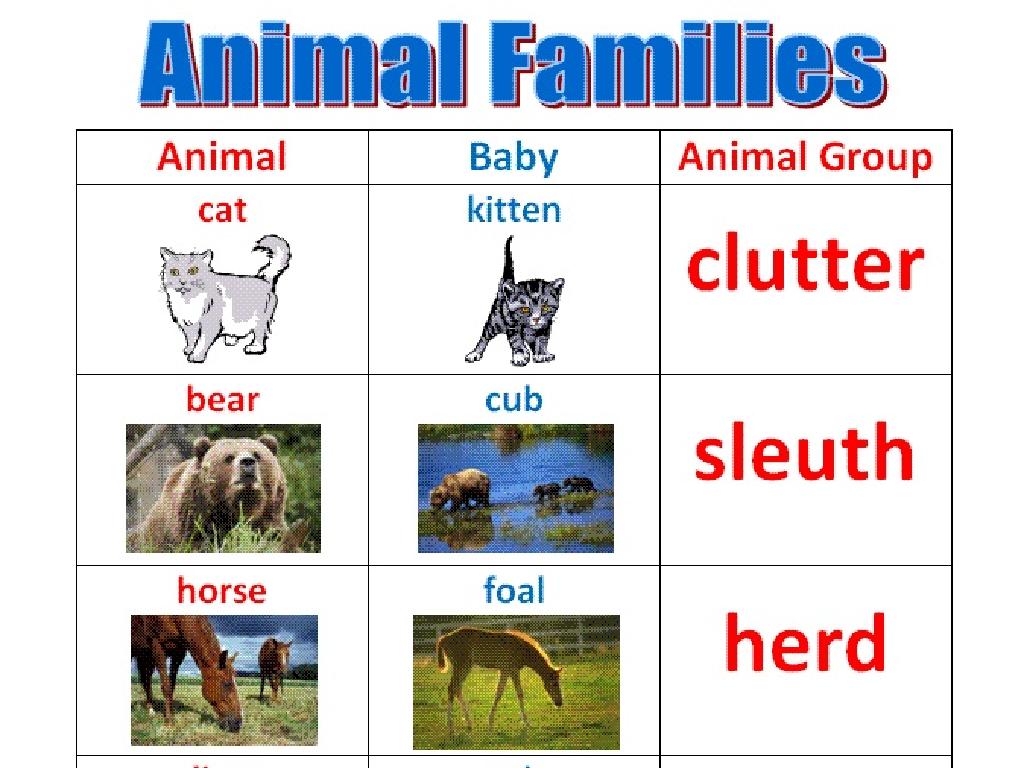Flowering Plant And Conifer Life Cycles
Subject: Science
Grade: Fifth grade
Topic: Plants
Please LOG IN to download the presentation. Access is available to registered users only.
View More Content
Exploring Plant Life Cycles
– Life cycles of plants overview
– How plants grow from seeds to maturity and reproduce
– Defining flowering plants & conifers
– Flowering plants bloom; conifers bear cones
– Significance of plant life cycles
– Life cycles ensure survival & reproduction
– Impact on ecosystems
– Plants support life, create habitats, and maintain air quality
|
This slide introduces the concept of plant life cycles, focusing on the differences between flowering plants and conifers. Flowering plants, or angiosperms, are characterized by their blooms and fruit production, while conifers, or gymnosperms, are known for their cones and needle-like leaves. Understanding these life cycles is crucial as they play a significant role in the survival of the species and reproduction. Moreover, plant life cycles are fundamental to ecosystem health, providing habitats for animals, contributing to the oxygen-carbon dioxide balance, and supporting biodiversity. Encourage students to think about how different plants in their environment contribute to the ecosystem and the importance of each stage in a plant’s life cycle.
Plant Life Cycles: From Seed to Seed
– What is a life cycle?
– A series of stages a living thing goes through from birth to reproduction.
– Key stages in plant life
– Germination, growth, reproduction, pollination, seed spreading.
– Life cycle: A seed’s journey
– How a seed grows into a plant and produces new seeds.
– Importance of each stage
|
This slide introduces the concept of a life cycle, emphasizing the continuous process that plants go through from the beginning of their life as a seed until they produce their own seeds. Start by defining a life cycle and then discuss each stage in detail: germination (when a seed begins to grow), growth (development of the plant), reproduction (production of new seeds), pollination (transfer of pollen to fertilize plants), and seed spreading (dispersal of seeds to grow new plants). Highlight the importance of each stage and how they contribute to the survival of plant species. Encourage students to think about how each stage is necessary for the next to occur, creating a full cycle.
Flowering Plants: An Overview
– Unique traits of flowering plants
– They have roots, stems, leaves, and produce flowers
– Flowers’ role in plant reproduction
– Flowers are reproductive organs that produce seeds
– Common examples of flowering plants
– Roses, tulips, and daisies are familiar flowering plants
|
This slide introduces students to the basic characteristics of flowering plants, which are distinguished by their ability to produce flowers. The flowers are crucial for reproduction as they contain the reproductive organs that will lead to seed formation. Provide examples of common flowering plants that students may encounter in their daily lives, such as roses, tulips, and daisies. Encourage students to think about the flowering plants they know and how they might differ in appearance but share the common feature of producing flowers for reproduction.
Life Cycle of a Flowering Plant
– From seed to new seeds
– Stages: Seed, Germination, Growth, Flowering, Pollination, Seed Formation
– The role of bees in pollination
– Bees transfer pollen, helping plants reproduce
– Various ways seeds travel
– Wind, water, animals, and gravity can spread seeds
– The continuous cycle of life
|
This slide introduces the life cycle of a flowering plant, emphasizing the stages from seed to seed formation. Highlight the importance of bees and other pollinators in the process of pollination, which is crucial for the production of new seeds. Discuss the different methods by which seeds can be dispersed, including wind, water, animals, and gravity, to ensure the continuation of plant species. The cycle is a beautiful demonstration of nature’s processes and the interconnectedness of ecosystems. Encourage students to observe plants in their environment and consider the role of pollinators and seed dispersal in the life cycle of plants.
Conifers: An Overview
– Defining characteristics of conifers
– Conifers have needles and cones; they don t flower.
– Comparing conifers with flowering plants
– Conifers reproduce with cones, flowering plants with flowers.
– Exploring examples of common conifers
– Pine, cedar, and spruce are well-known conifers.
|
This slide introduces students to conifers, a group of gymnosperm plants known for their unique characteristics such as needle-like leaves and cone-bearing reproduction. Unlike flowering plants (angiosperms), conifers do not produce flowers but reproduce through cones. Highlight the differences between these two plant groups, emphasizing the reproductive methods and physical traits. Provide examples of common conifers like pine, cedar, and spruce to help students identify these plants in their surroundings. Encourage students to think about local conifers they may have seen and to bring in pictures or samples for the next class.
Life Cycle of a Conifer
– Cone production in conifers
– Conifers produce male and female cones for reproduction.
– Pollination process
– Wind carries pollen from male to female cones.
– Development of conifer seeds
– Seeds develop inside the female cones over time.
– How seeds are dispersed
– Seeds spread by wind or animals, starting new plants.
|
This slide aims to educate fifth-grade students on the life cycle of conifers, which are gymnosperms. Gymnosperms are plants that do not flower but reproduce through cones. The life cycle begins with cone production, where male cones release pollen that is carried by the wind to female cones in the pollination stage. After pollination, seeds develop within the female cones. Once mature, these seeds are dispersed by wind or animals, leading to the growth of new conifer plants. Emphasize the importance of wind in the pollination process and discuss how seed dispersal mechanisms contribute to the spread of conifers in various environments. Provide examples of conifers like pine trees and encourage students to think of conifers they may have seen in their surroundings.
Comparing Plant Life Cycles
– Similarities in plant cycles
– Both have stages of growth, reproduction, and seed spreading
– Differences: Flowering vs Conifers
– Flowering plants attract pollinators, conifers rely on wind
– Adaptations for survival
– Features like thick bark or bright flowers help survival and reproduction
– Why do differences exist?
|
This slide aims to compare and contrast the life cycles of flowering plants and conifers, highlighting both similarities and differences. Students should understand that all plants go through cycles of growth, reproduction, and seed dispersal. However, flowering plants and conifers have adapted differently to their environments to maximize their survival and reproductive success. For example, flowering plants often have colorful petals to attract pollinators, while conifers typically rely on wind to spread their seeds. Encourage students to think critically about the reasons behind these differences, considering factors like habitat, climate, and the availability of pollinators. This discussion will help them appreciate the diversity of plant life and the complexity of natural adaptations.
Class Activity: Grow Your Own Plant!
– Plant seeds and observe growth
– Gather materials for planting
– You’ll need seed packets, soil, pots, water, and labels
– Follow planting instructions
– Plant your seeds, label your pot, and water regularly
– Keep a weekly growth journal
– Record how your plant changes each week in your journal
|
This hands-on activity is designed to give students a practical understanding of plant life cycles. Each student will plant their own seeds, which will help them learn about the growth stages of plants. Make sure they have all the necessary materials before starting. Provide clear instructions on how to plant the seeds and the importance of labeling their pots to track their plant’s progress. Encourage them to water their plants regularly and to observe any changes. The weekly journal is a critical part of this activity as it will document the plant’s development and serve as a discussion point in future classes. Possible variations of the activity could include using different types of seeds to compare growth rates or experimenting with different amounts of sunlight or water.
Wrapping Up: Plant Life Cycles
– Recap: Flowering & Conifer Life Cycles
– Homework: Illustrate & Label a Life Cycle
– Choose a plant, draw each stage, and label parts
– Weekly Plant Growth Journal Reminder
– Observe your plant, record changes, and learn
– Share Your Work Next Class!
|
As we conclude our lesson on the life cycles of flowering plants and conifers, remind students of the key stages in each cycle. For homework, they should select their favorite plant from either category, draw the life cycle, and label each part. This will help reinforce their understanding of the material covered in class. Additionally, remind them to keep their plant growth journals updated with weekly observations, which is a great way for them to engage with the subject matter on an ongoing basis. Next class, students will have the opportunity to share their drawings and discuss their observations, fostering a collaborative learning environment.






